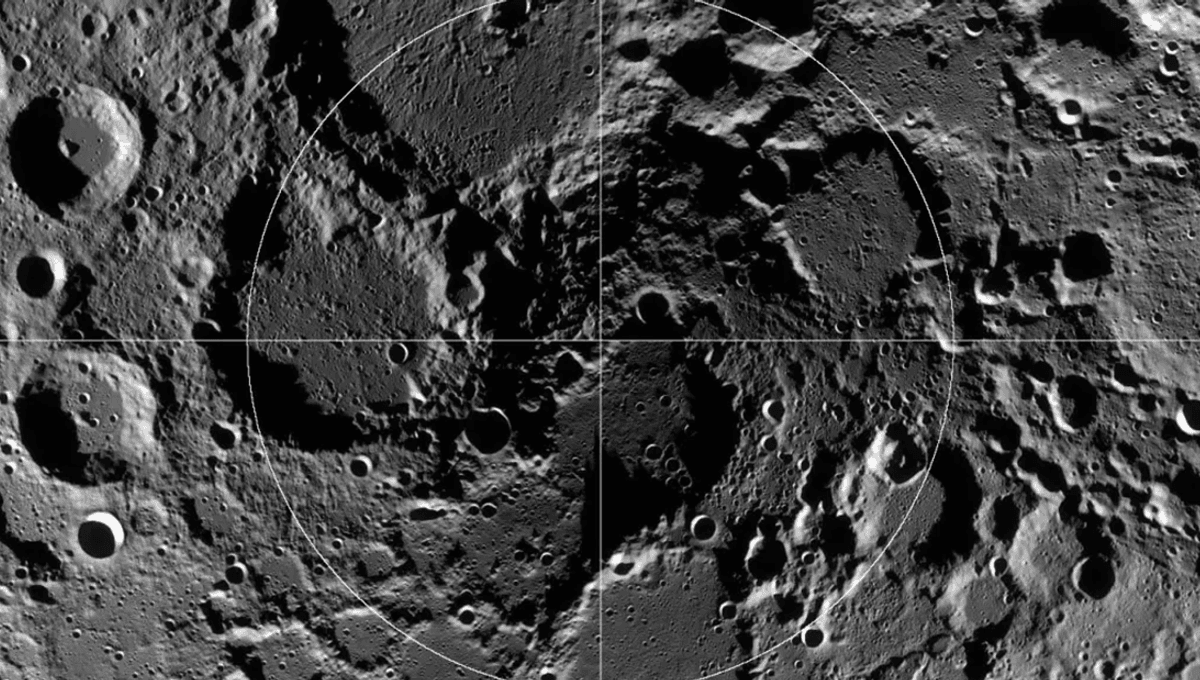
At some point in our future, if sci-fi has any say in it, humanity will venture into space to mine asteroids for precious metals to bring back to Earth for our benefit/to help fight our robot overlords (delete as applicable). But according to a new study, we could make things a lot easier for ourselves by mining the Moon instead.
The idea is pretty simple. If you have ever looked at the Moon, you will see it is pretty much covered in craters. To give you an idea of how many, a study in 2020 found over 109,000 new craters in the low- and mid-latitude regions of our natural satellite.
“A lunar crater forms when an asteroid, meteoroid, or comet, typically moving faster than the speed of sound, plunges into the Moon’s surface,” NASA explains. “The energy of the object – determined by its size, density and speed – as well as the type of surface it hits and the angle at which it hits, all factor into what kind of crater forms in this explosive impact.”
While you may think “poor Moon” getting struck by all those objects, if you were a space prospector your eyes should probably spin back into your head to reveal dollar signs. Because, as outlined in a new paper, a lot of those impacts will likely deposit precious metals onto the Moon’s surface (or at least, accessibly below it).
In 2014, a team of researchers led by Martin Elvis attempted to estimate the number of near-Earth asteroids that contain precious metal ores. The new team, led by independent researcher and astronomer Jayanth Chennamangalam, applied these probabilistic techniques to asteroids impacting the lunar surface, and attempted to estimate how many ore-bearing asteroid remnants are lying on the Moon in areas where they can be commercially exploited.
This was a tricky task, where the researchers had to assess the size of the impactor, the metals they contain, and how many of these objects would hit the Moon at a velocity that kept the precious metals near the lunar surface. Excitingly for space prospectors, they found that nearly 6,500 craters potentially contain precious metals in quantities which would be commercially viable to mine.
“When we consider craters at or above a threshold diameter of 1 km, we estimate an upper limit of craters with asteroid remnants containing significant amounts of platinum group metals and an upper limit of craters with asteroid remnants that contain significant amounts of water in the form of hydrated minerals,” the team explains in their paper.
“For a more conservative threshold of 5 kilometers, we estimate craters with asteroid remnants that contain significant amounts of platinum group metals. These values are one to two orders of magnitude larger than the number of ore-bearing near-Earth asteroids estimated by Elvis (2014), implying that it may be more advantageous, and hence more profitable, to mine asteroids that have impacted the Moon rather than the ones that are in orbit,” they add.
At a rough estimate, provided by Chennamangalam to New Scientist, there could be over $1 trillion’ worth of precious platinum and other metals.
“Today, astronomy is done to satiate our curiosity,” told the publication. “It has very few practical applications and is mostly paid for by taxpayer money, meaning that research funding is at the mercy of governmental policy. If we can monetise space resources – be it on the moon or on asteroids – private enterprises will invest in the exploration of the Solar System.”
The study is published in Planetary and Space Science.
[H/T: New Scientist]
Source Link: Over 1 Trillion Dollars' Worth Of Precious Metals Are Hiding In Lunar Craters, Study Suggests